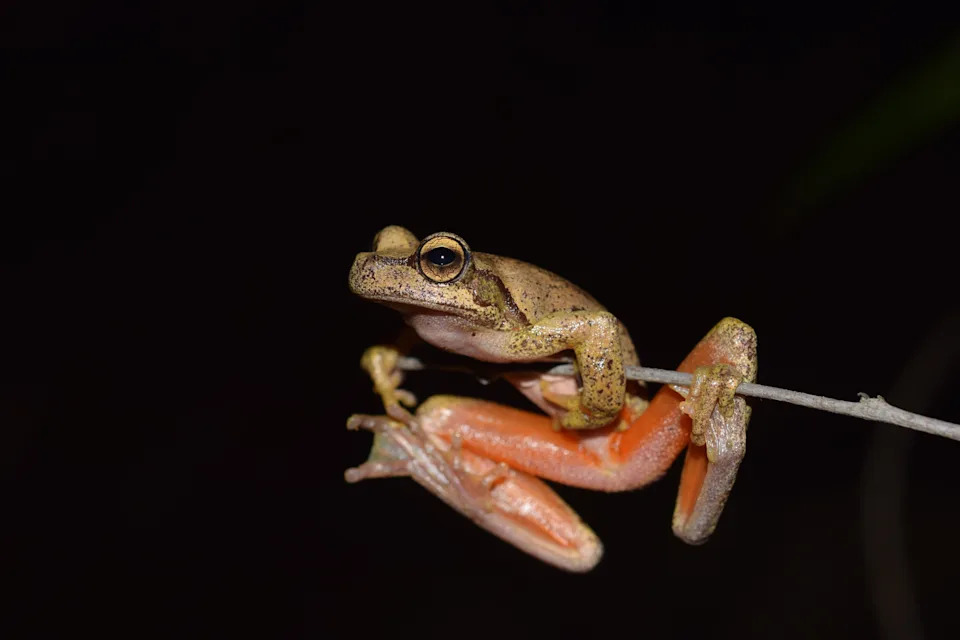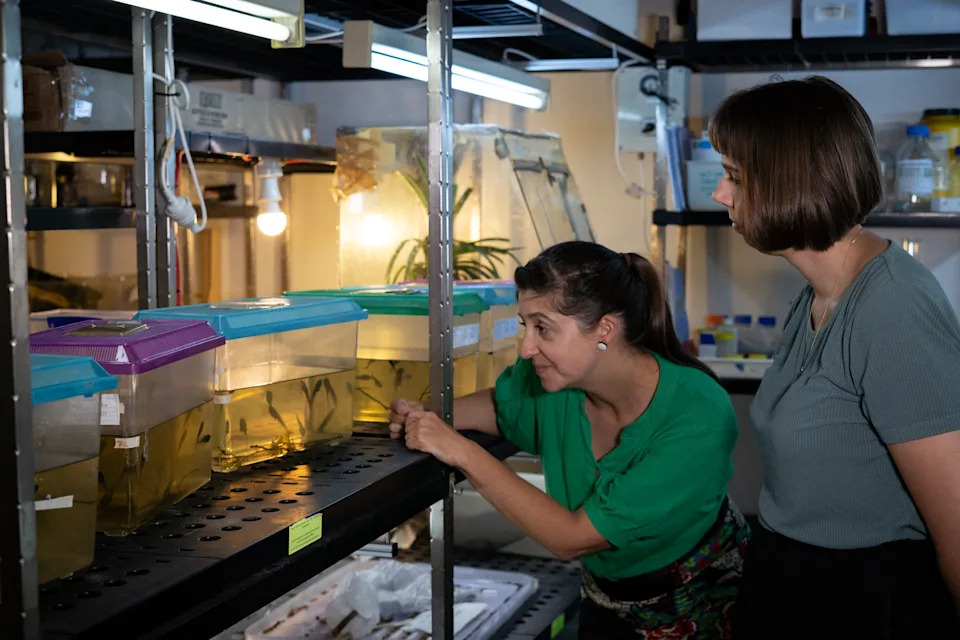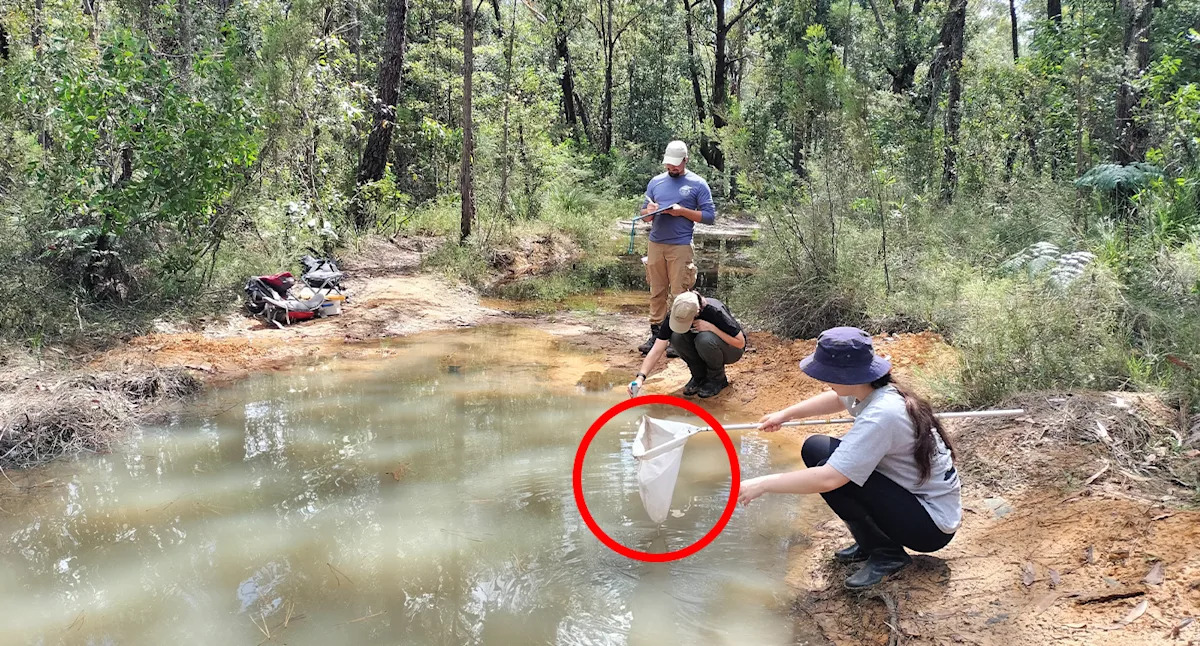A rare Australian amphibian could have one of its last three remaining habitats destroyed if the proposed footprint of a $1.1 billion renewable energy project is not changed, experts are warning.
The Littlejohn’s tree frog is only found in NSW, and fewer than 1,000 are thought to remain in the wild. While most people alive today have never seen one, those who have are unlikely to forget them, because when startled, they can emit a smell similar to curry mixed with maple syrup.
In a world-first, University of Newcastle researchers successfully bred 90 tadpoles in captivity. But they’re not confident their efforts can prevent the frog’s extinction if the state government’s planned Hunter Transmission Line Project is not rerouted.
Fear power plan could contribute to frog’s extinction
University of Newcastle conservation biologist Dr Kaya Klop-Toker explained that cutting a 60-metre-wide corridor through the Watagan Ranges, west of Newcastle, could “severely impact” the population.
“When you have a species that doesn’t occur in many locations, there’s a really high risk of extinction,” she told Yahoo News.
What’s even more “worrying” for Klop-Toker and her team is that the plan also includes building a switching station on the frog’s breeding habitat.
“If it doesn’t wipe out the Watagans population, it will severely weaken it to other threats,” she said, noting that the species was lucky to survive the 2019/2020 Black Summer Bushfires.

Fewer than 1,000 Littlejohn’s tree frogs are thought to exist in the wild. Source: University of Newcastle
The other two populations are in the Blue Mountains and the Woronora Plateau, close to Wollongong. Numbers have plummeted primarily due to the spread of invasive chytrid fungus, which causes a fatal disease, and there are signs of inbreeding.
The University of Newcastle breeding program aims to boost genetic diversity by using IVF to create viable, healthy offspring by pairing individuals from the three sites. While they’d love to release their frogs back into the wild, doing so is dependent on their habitat being protected.
Electricity company responds to researcher’s frog fears
The 110km Hunter Transmission Line Project will see overhead powerlines built between Bayswater in the Upper Hunter and Olney in the Lower Hunter. The project’s noble purpose is to deliver renewable energy to households as coal-fired power stations are shut down.
But like many controversial green power schemes before it, construction will likely come at a cost to Australia’s increasingly depleted wild animals. Along with the Littlejohn’s tree frog, over 60 other species could be impacted by the plan.

Dr Kaya Klop-Toker (left) with her colleague Dr Rose Upton, examining their captive-bred Littlejohn’s tree frog tadpoles. Source: University of Newcastle
The project is the vision of state-owned company EnergyCo. Its Environmental Impact Statement (EIS) details the likely impacts of the project and is currently open for public comment.
Littlejohn’s tree frogs are only found in a small five-kilometre radius within the Watagan area.
Asked by Yahoo News if it would commit to rerouting the path of the transmission lines away from its habitat, the company did not respond directly. But in an emailed statement, it vowed to work “closely” with the University of Newcastle to “assess and mitigate” the project’s impacts on “sensitive species”.
It said changes to the route had already reduced the amount of vegetation set to be cleared by 200 hectares.
“As the Hunter Transmission Project moves into detailed design, we will continue to avoid and minimise impacts to the most valuable natural areas wherever possible,” a spokesperson said.
Love Australia’s weird and wonderful environment? 🐊🦘😳 Get our new newsletter showcasing the week’s best stories.


